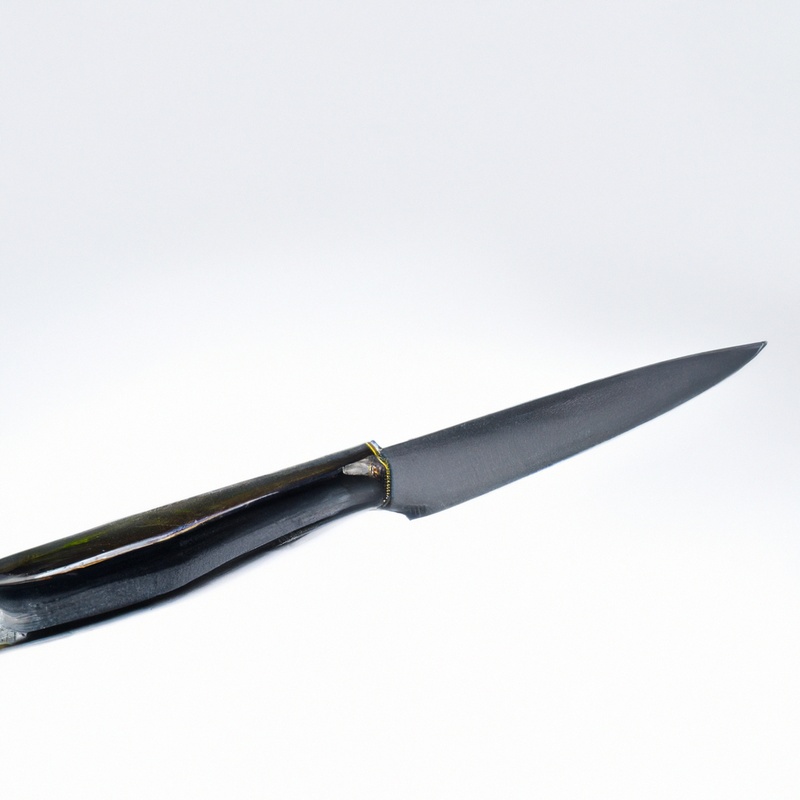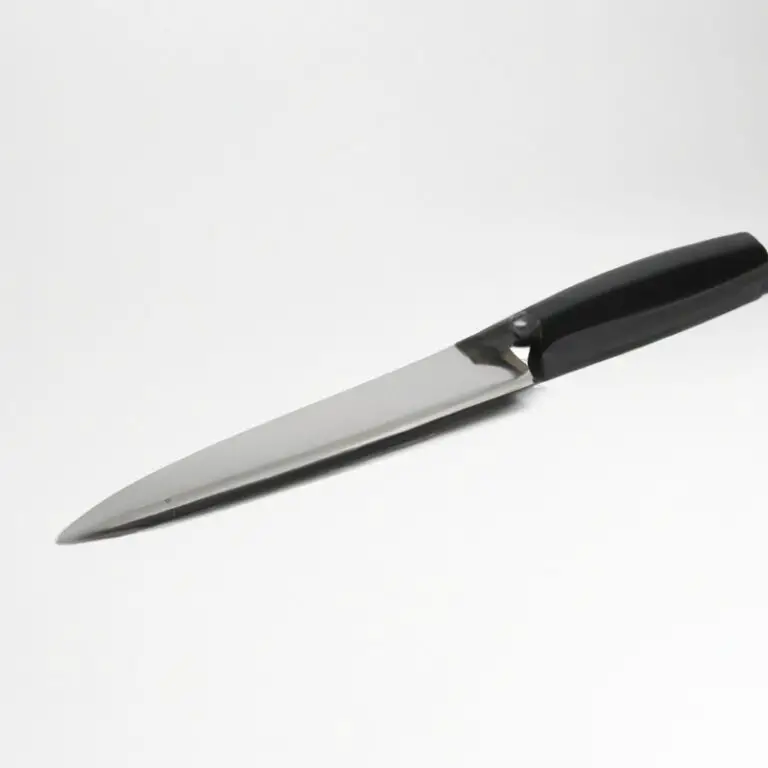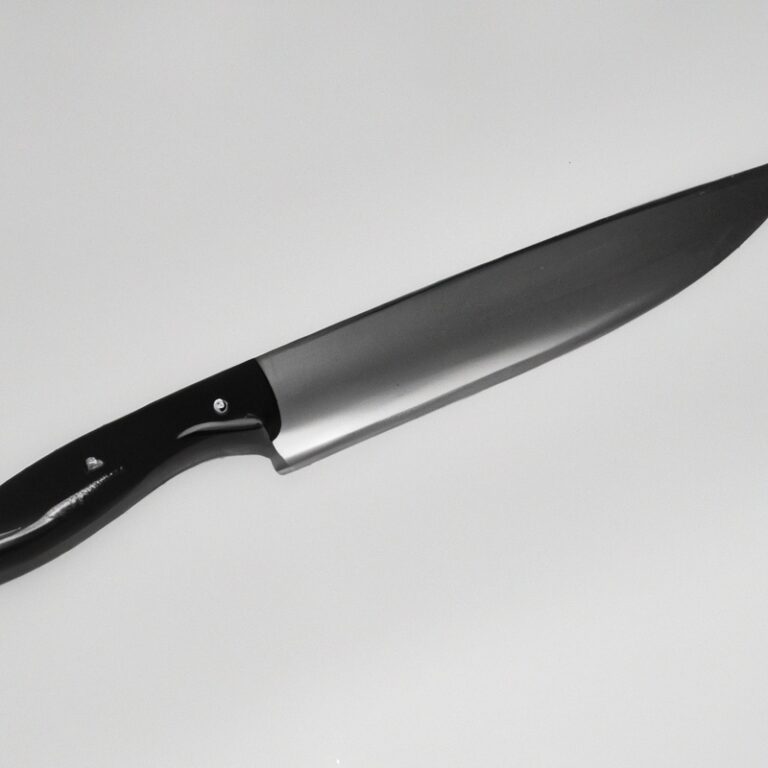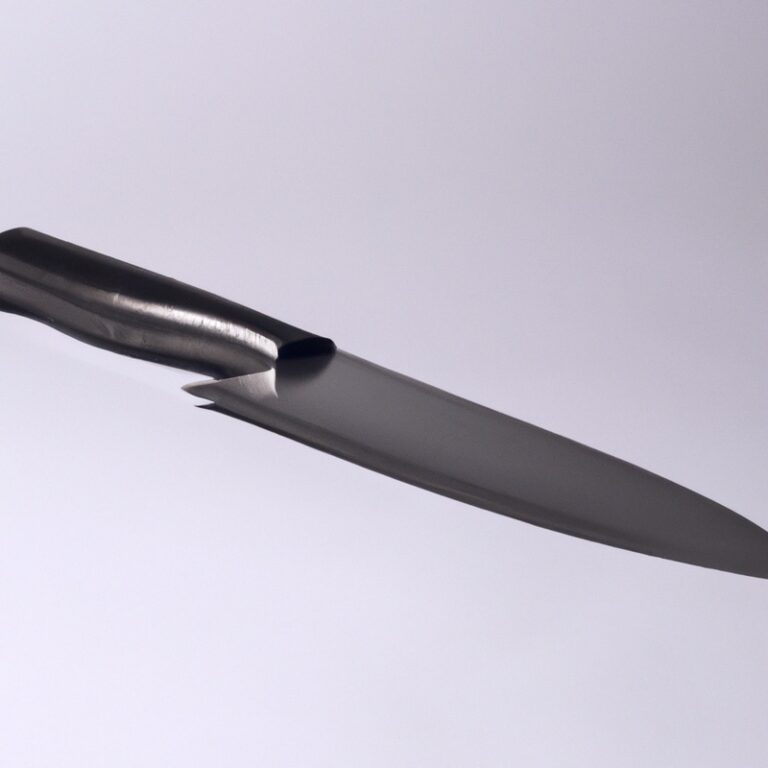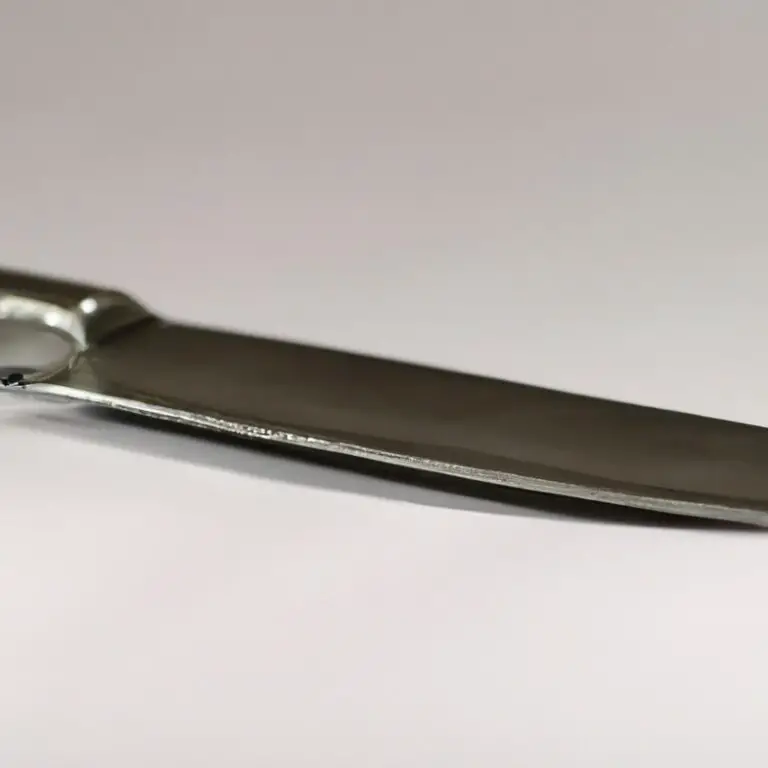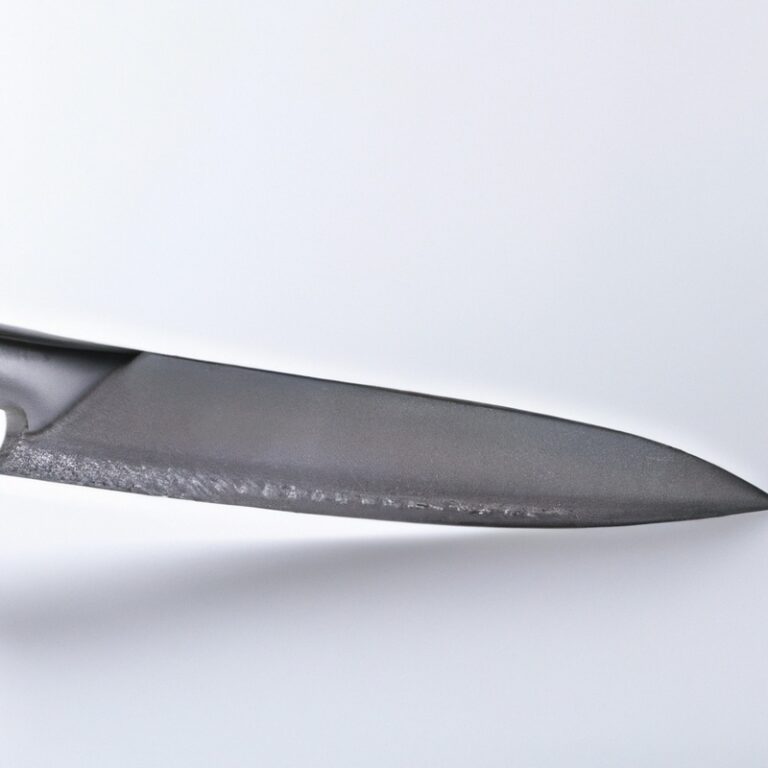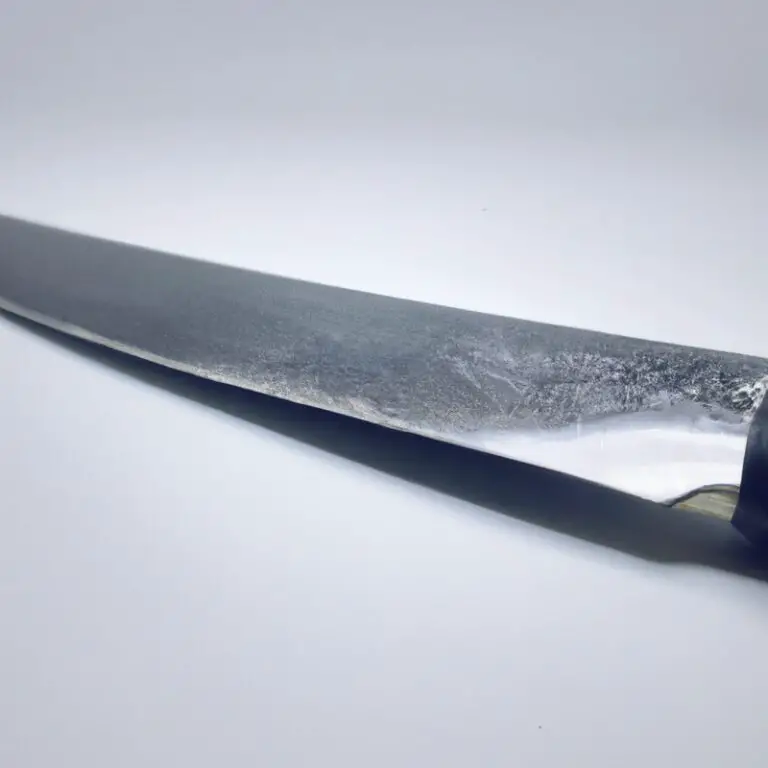How Does Knife Steel Influence Blade Toughness?
Key Takeaways:
- Blade toughness is influenced by the composition of the knife steel used.
- Steel with higher carbon content generally leads to increased blade hardness and reduced toughness.
- Certain alloying elements can enhance blade toughness by improving the steel’s ability to absorb and distribute impact.
- Heat treatment processes can also play a significant role in achieving desired blade toughness properties.
Hey there! Have you ever wondered why some knives stay sharp and strong, while others dull and break easily?
Well, my friend, it’s all about the steel.
Yes, the composition of the knife steel plays a crucial role in determining blade toughness.
But it’s not just about the materials used; the heat treatment process and blade geometry are equally important factors.
In this article, I’ll dive deep into the world of knife steel and explore how it influences blade toughness.
So grab a seat and get ready to become a knife steel expert!
| Steel Type | Blade Toughness |
| High Carbon Steel | High blade toughness due to its high carbon content |
| Stainless Steel | Moderate blade toughness compared to high carbon steel |
| Tool Steel | Excellent blade toughness, often used in industrial applications |
| Damascus Steel | Varying blade toughness depending on the specific composition |
| Ceramic | Low blade toughness, prone to chipping or breaking under impact |
Factors that determine blade toughness
Composition of knife steel
The composition of knife steel refers to the specific elements that make up the steel alloy.
Different combinations of elements result in varying steel properties.
Common elements found in knife steel include carbon, chromium, vanadium, molybdenum, and nickel.
Carbon content greatly affects hardness and edge retention, while chromium increases corrosion resistance.
Other elements contribute to toughness and wear resistance.
For example, vanadium enhances strength and wear resistance, while molybdenum improves toughness.
Manufacturers carefully select and balance these elements to create the desired characteristics in knife steel.
Understanding the composition of knife steel helps in selecting the right steel for specific tasks.
Blade geometry
Blade geometry refers to the shape and design of the knife’s cutting edge.
It plays a significant role in determining the knife’s performance and blade toughness.
A few factors to consider in blade geometry are the blade thickness, edge angle, and edge shape.
Thicker blades tend to be stronger and more durable, making them suitable for heavy-duty tasks.
However, they may sacrifice slicing ability.
On the other hand, thinner blades offer excellent slicing performance but may be more prone to chipping or breaking under heavy use.
The edge angle also affects blade toughness.
A lower edge angle, like 15-20 degrees, provides a sharper edge for precise cutting but may be less durable.
A higher edge angle, such as 25-30 degrees, offers greater durability but sacrifices some cutting performance.
Lastly, the edge shape, such as a straight edge or a serrated edge, also impacts blade toughness.
A straight edge is easier to maintain and provides cleaner cuts, while a serrated edge excels in tasks that require sawing or cutting through tougher materials.
Finding the right blade geometry depends on your intended use and personal preference.
Consider the tasks you’ll be performing and choose a blade geometry that balances sharpness, durability, and cutting performance.
Understanding knife steel
Different types of knife steel
There are various types of knife steel available, each with its own unique properties.
Here are some common types:
- Stainless Steel: This type of steel is resistant to rust and corrosion. It is a popular choice for kitchen knives due to its low maintenance.
- Carbon Steel: Known for its excellent edge retention and sharpness, carbon steel requires regular maintenance to prevent corrosion. It is commonly used in outdoor and hunting knives.
- High Carbon Stainless Steel: Combining the best of both worlds, this type of steel offers the sharpness and edge retention of carbon steel, with the added benefit of corrosion resistance.
- Tool Steel: Known for its exceptional toughness and durability, tool steel is commonly used in heavy-duty knives and tools.
- Damascus Steel: A type of steel known for its beautiful patterns, Damascus steel is made by layering different types of steel together, resulting in a blade that is not only aesthetically pleasing but also strong and durable.
Remember, the choice of knife steel depends on your specific needs and preferences.
Properties of knife steel
Knife steel possesses several important properties that influence its performance and durability.
- Hardness: Knife steel needs to be hard to hold a sharp edge. Higher hardness allows for better edge retention.
- Toughness: The ability of knife steel to absorb and resist impact without cracking or breaking is its toughness. It prevents the blade from chipping or fracturing under stress.
- Corrosion Resistance: Stainless steel variants are specifically designed to resist corrosion, making them suitable for use in humid or wet environments.
- Wear Resistance: Good wear resistance prevents the blade from becoming dull quickly, increasing the knife’s lifespan.
- Edge Stability: Knife steel with high edge stability ensures that the blade maintains its sharpness during use.
- Edge Retention: This property refers to how long the blade remains sharp before requiring resharpening. High-quality knife steel generally has excellent edge retention.
These properties vary depending on the type, composition, and heat treatment of the knife steel.
By understanding these properties, you can choose the right knife steel for your intended use and ensure optimal performance.
Hardness vs. toughness
When it comes to knife steel, hardness and toughness are two important factors to consider.
Hardness refers to a knife’s ability to resist deformation and retain its sharpness, while toughness refers to its ability to absorb energy and resist breaking.
A hard blade can hold its edge longer and is less prone to wear, but it may be more brittle and prone to chipping or breaking.
On the other hand, a tough blade can withstand impact and twisting forces, but it may not hold its edge as well.
It’s important to strike a balance between hardness and toughness, depending on your intended use for the knife.
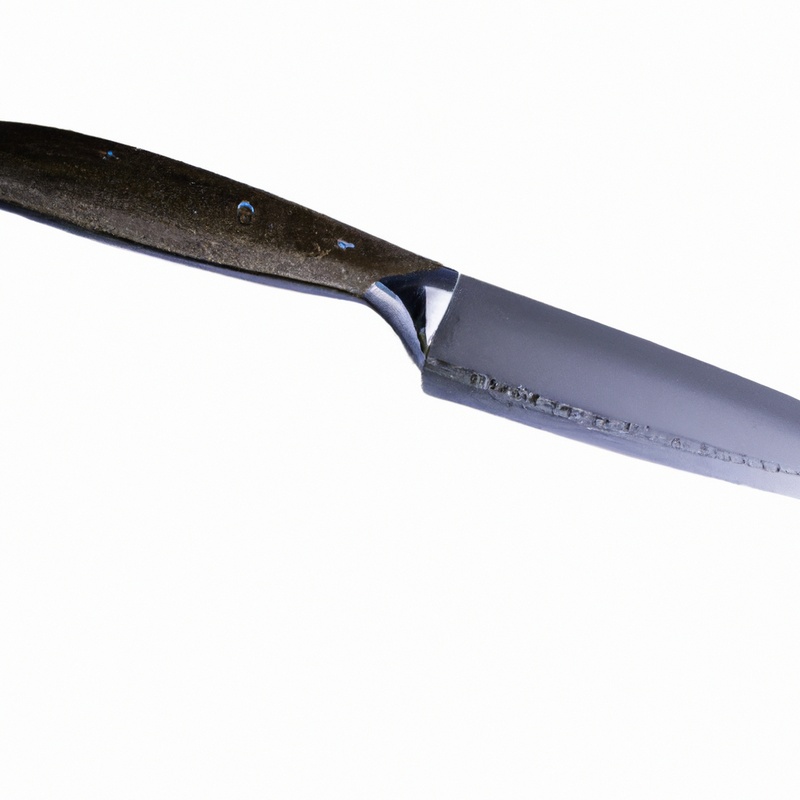
Influence of knife steel on blade toughness
High carbon steel and toughness
High carbon steel is known for its exceptional toughness.
It contains a higher percentage of carbon compared to other steels, which improves its hardness and strength.
This makes high carbon steel blades less prone to chipping or breaking under stress.
The increased toughness allows the blade to withstand heavy use and impacts without compromising its performance.
Additionally, high carbon steel also offers good edge retention, which is essential for a durable and reliable knife.
Overall, high carbon steel is an excellent choice for those who prioritize toughness in their blades.
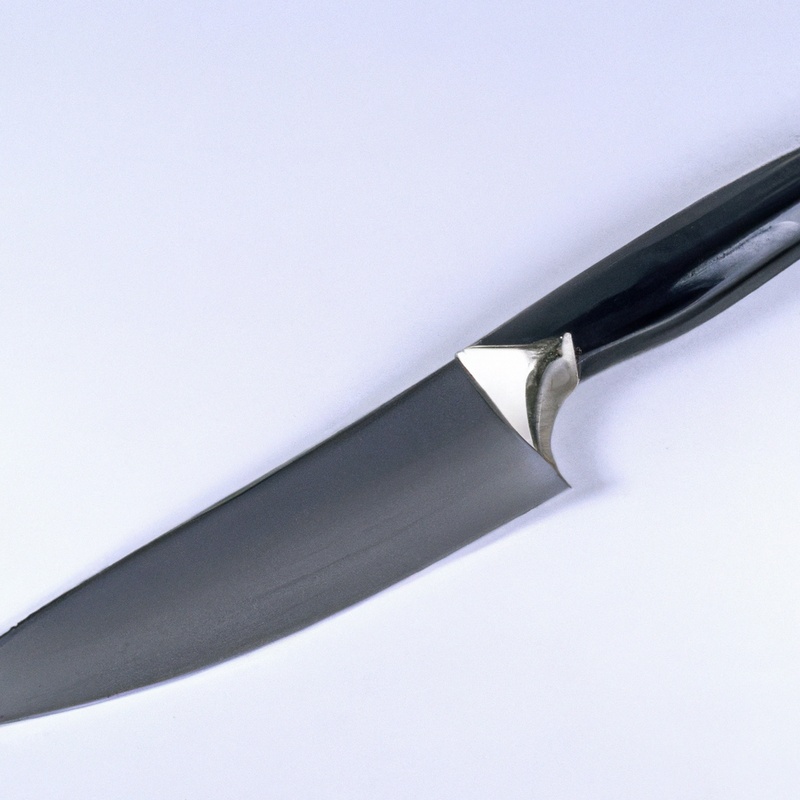
Stainless steel and toughness
Stainless steel is a popular choice for knife blades because of its corrosion resistance and durability.
However, when it comes to toughness, stainless steel can vary depending on its composition and heat treatment.
The addition of certain elements like vanadium or niobium can improve the toughness of stainless steel.
Additionally, the heat treatment process can also affect the blade’s toughness.
Properly hardened stainless steel blades can maintain a good balance between hardness and toughness, making them suitable for a variety of tasks.
Regular sharpening and proper care are essential for maintaining the toughness of stainless steel blades.
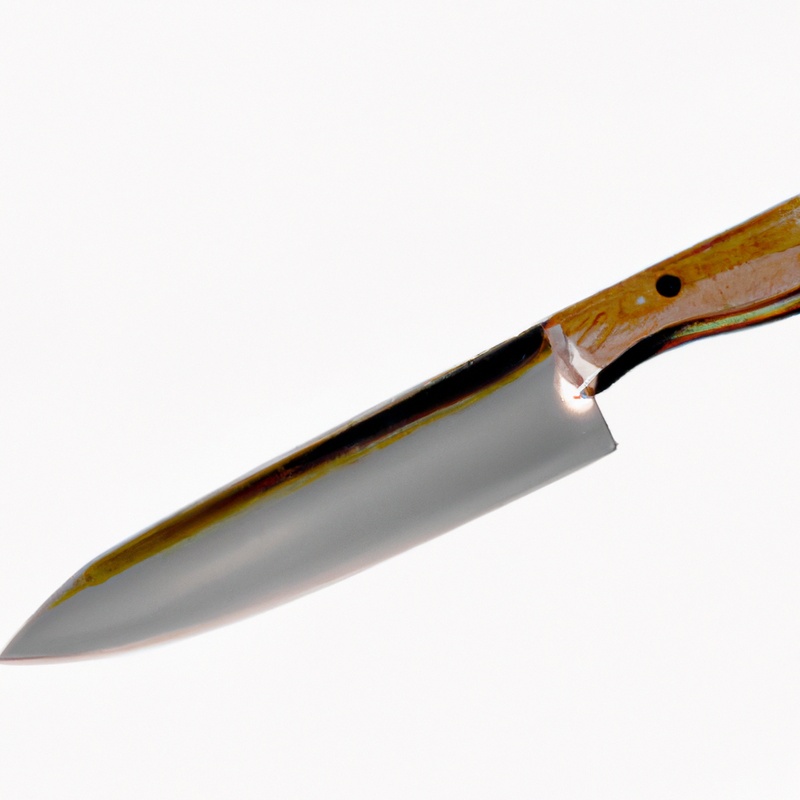
Tool steel and toughness
Tool steel is a type of steel that is specifically designed for the production of tools and blades. It is known for its excellent toughness, which is a critical factor in determining blade durability.
Tool steel is able to withstand heavy impact and resist chipping or breaking under extreme conditions.
This makes it an ideal choice for applications where strength and resilience are crucial, such as in industrial cutting tools or high-performance knives. With its impressive toughness, tool steel provides users with a reliable and long-lasting blade that can handle tough tasks without easily failing or becoming damaged.
Choosing the right knife steel for toughness
Considerations for specific tasks
Considerations for specific tasks: Different tasks require different characteristics in a knife blade. For general everyday tasks, a balance between hardness and toughness is ideal.
But for tasks like chopping wood or cutting through bone, toughness takes precedence.
Look for steel with a high impact resistance to handle heavy-duty tasks. On the other hand, for tasks that require precision and sharpness, like slicing vegetables or paper, a harder steel with good edge retention would be more suitable.
Understanding the demands of the task at hand will help you choose the right knife steel for optimal performance.
Balancing hardness and toughness
When it comes to knife steel, finding the right balance between hardness and toughness is essential.
Hardness refers to a knife’s ability to resist wear and retain its sharpness, while toughness relates to its ability to withstand impact and flex without breaking.
Balancing these two properties is crucial for a knife that can handle a range of tasks without easily chipping or snapping.
The composition of the steel and the heat treatment process are key factors that determine the overall hardness and toughness of the blade.
Additionally, the blade’s geometry can also influence its performance.
A thinner blade with a lower grind angle will typically be tougher, while a thicker blade with a higher grind angle will have greater hardness.
By considering these factors, you can choose a knife steel that strikes the right balance for your specific needs.
Maintaining blade toughness
Proper blade care and maintenance
Proper blade care and maintenance is essential for maintaining the toughness of your knife. Here are some tips to help you keep your blade in top condition:
- Clean your knife after each use. Use warm soapy water and a soft cloth to remove any dirt or residue.
- Dry the blade thoroughly to prevent corrosion.
- Store your knife in a dry place to avoid moisture buildup.
- Avoid using your knife as a can opener or screwdriver, as this can cause damage to the blade.
- Regularly oil your knife with a thin layer of mineral oil to protect it from rust.
- Avoid exposing your knife to extreme temperatures as it can affect the blade’s hardness.
Importance of regular sharpening
Regular sharpening is essential for maintaining the blade toughness of a knife. When a knife blade becomes dull, it requires more force to cut through materials, increasing the risk of accidents.
By sharpening the blade regularly, you ensure that it retains its sharpness, making your cutting tasks more efficient and safer.
Regular sharpening also helps to prevent the blade from developing chips and nicks, which can compromise its strength. Additionally, it extends the lifespan of the knife, saving you money in the long run.
Make sure to use proper sharpening techniques to get the best results.
Final Verdict
The steel used in a knife has a significant impact on its toughness. Factors such as the composition of the steel, the heat treatment process, and the blade geometry all play a role in determining how tough a knife will be.
Different types of steel have varying properties, with high carbon steel offering excellent toughness, stainless steel providing corrosion resistance, and tool steel combining hardness and toughness.
When choosing a knife, it is important to consider the specific tasks it will be used for and find a balance between hardness and toughness. Proper blade care, maintenance, and regular sharpening are also crucial for maintaining blade toughness.
Overall, understanding and selecting the right knife steel can greatly enhance the durability and performance of a knife.

